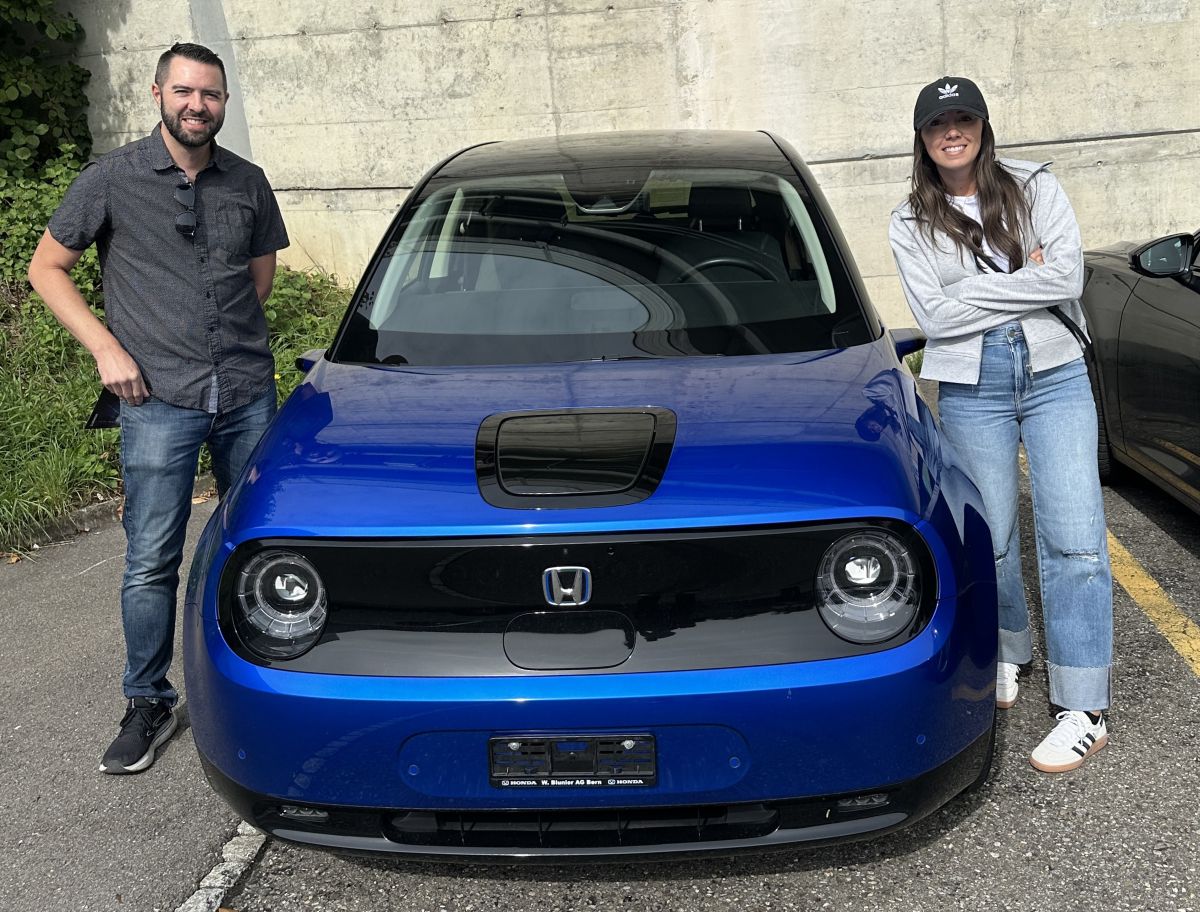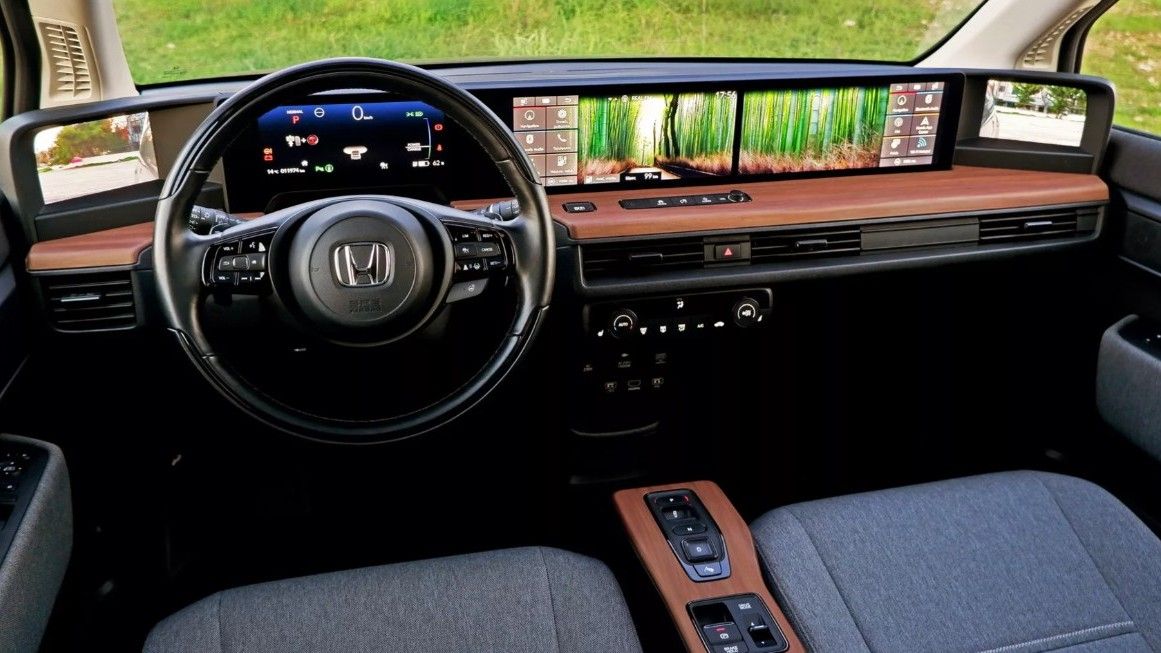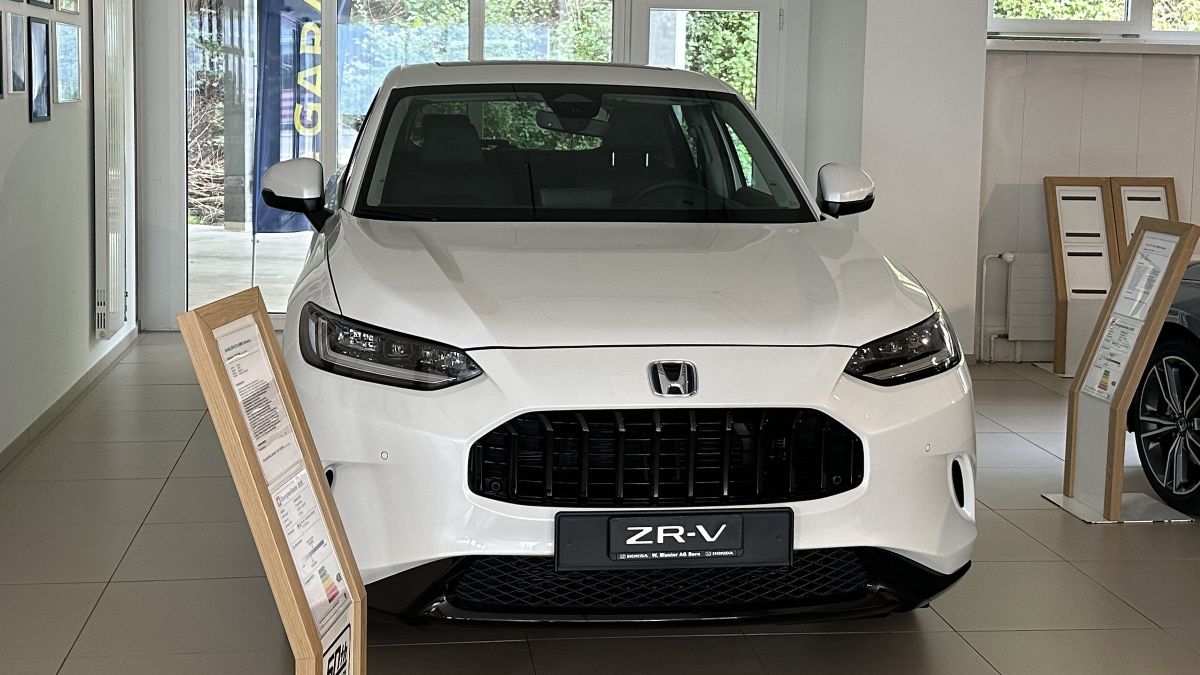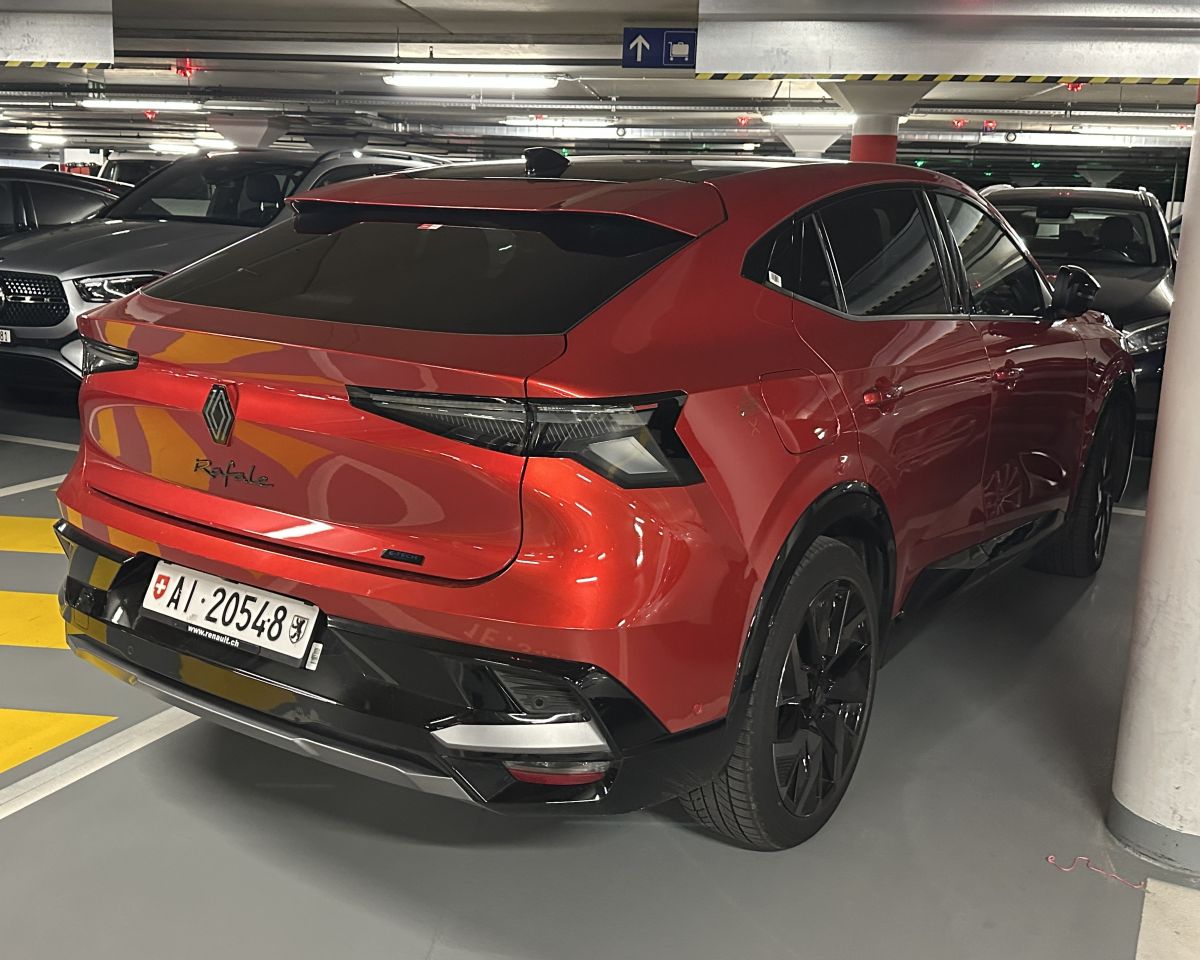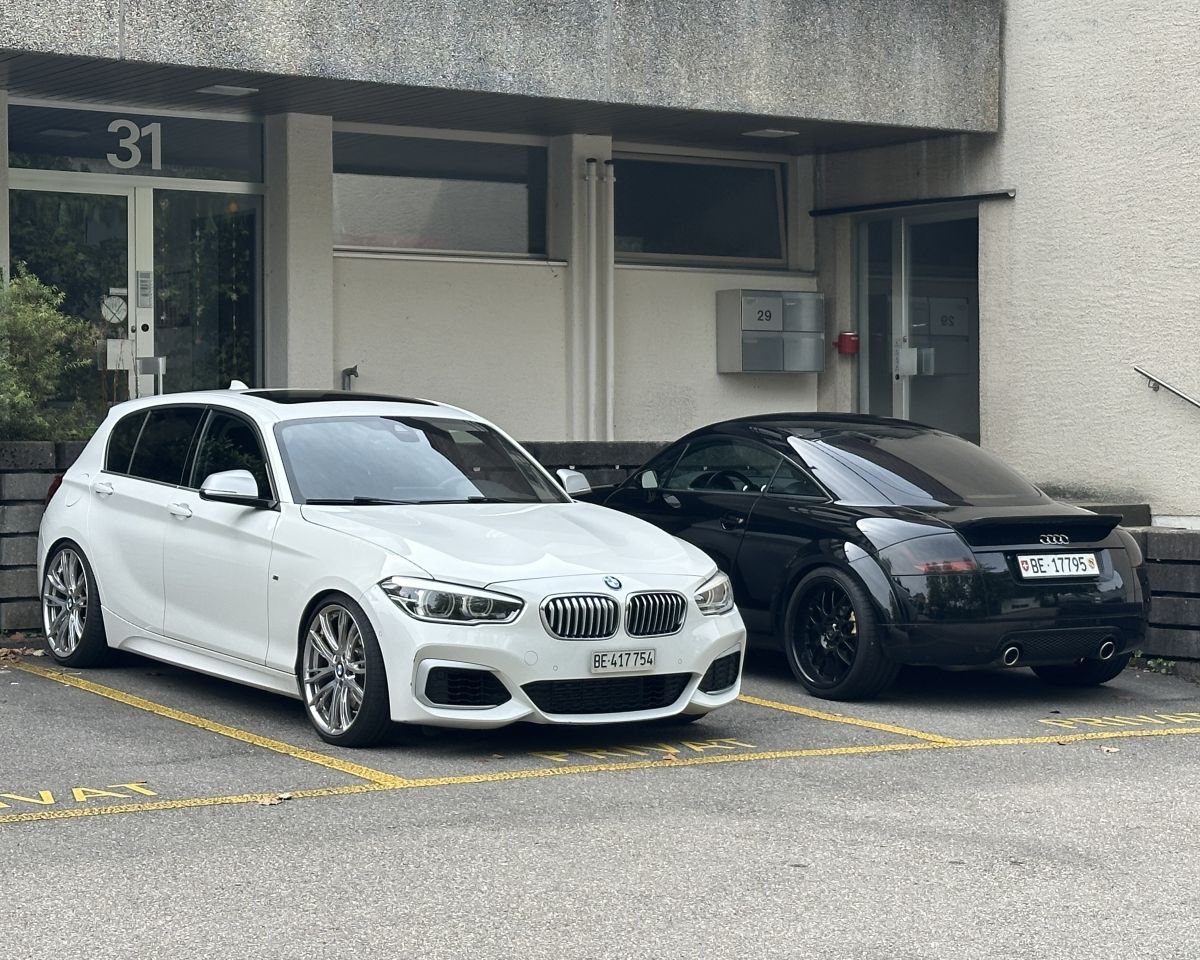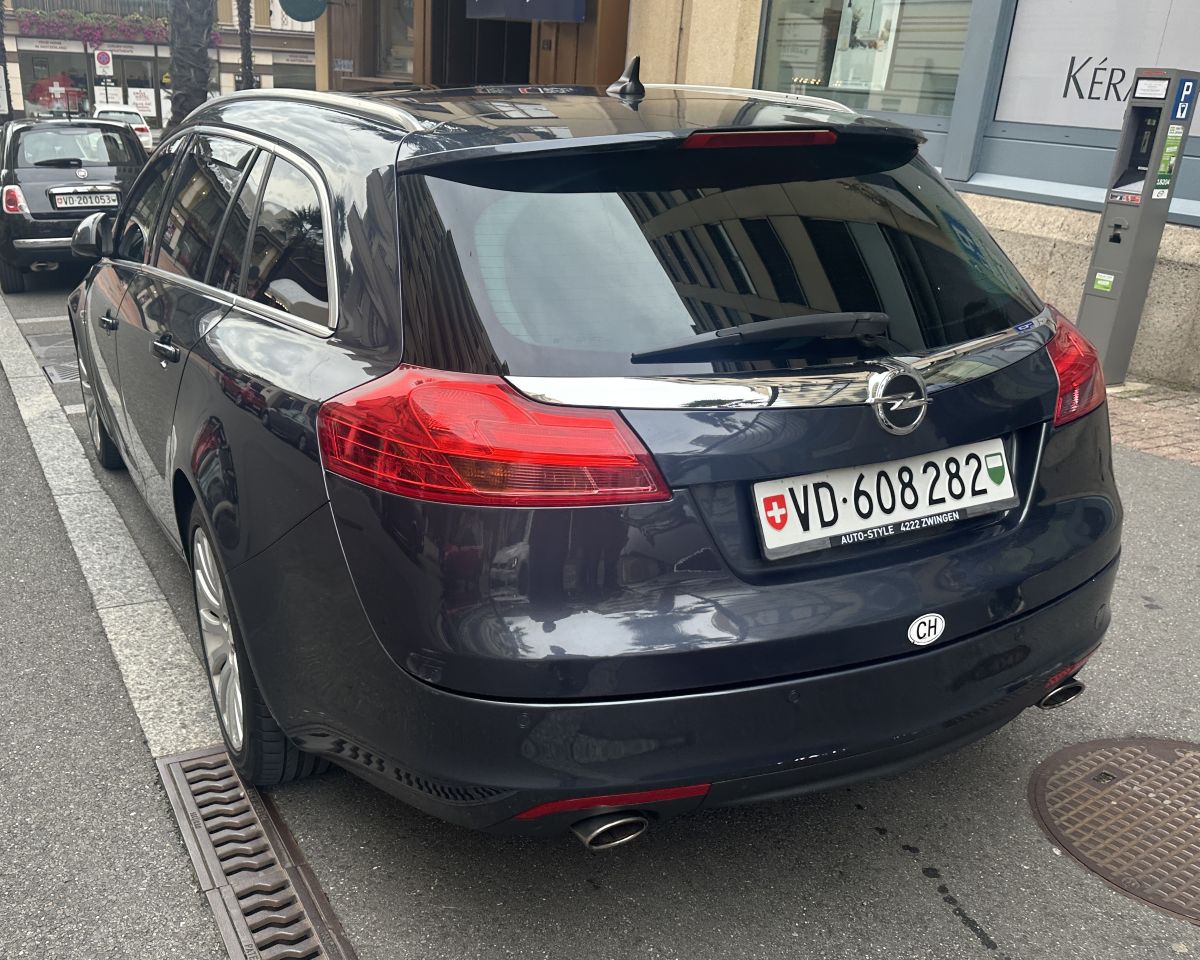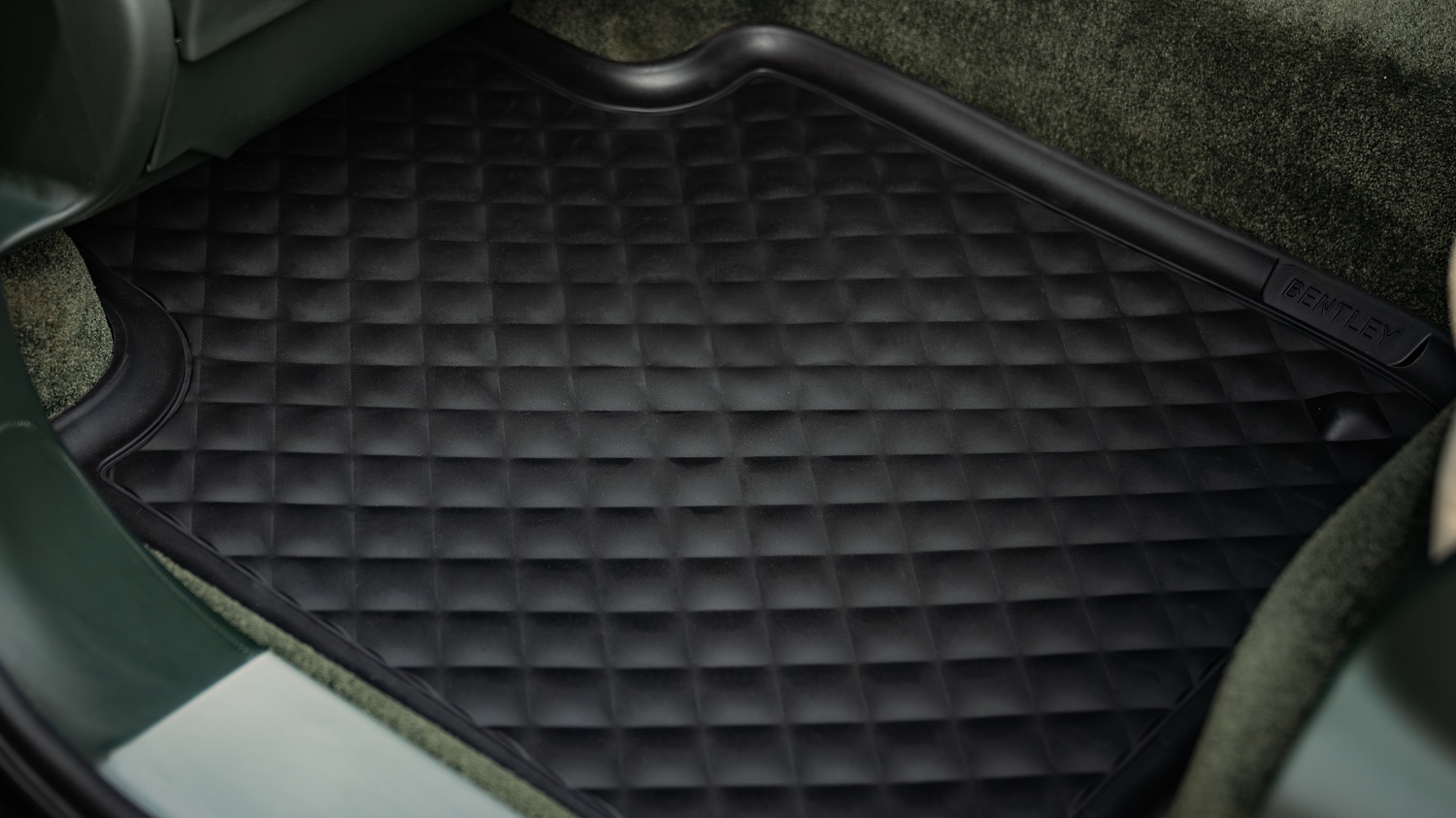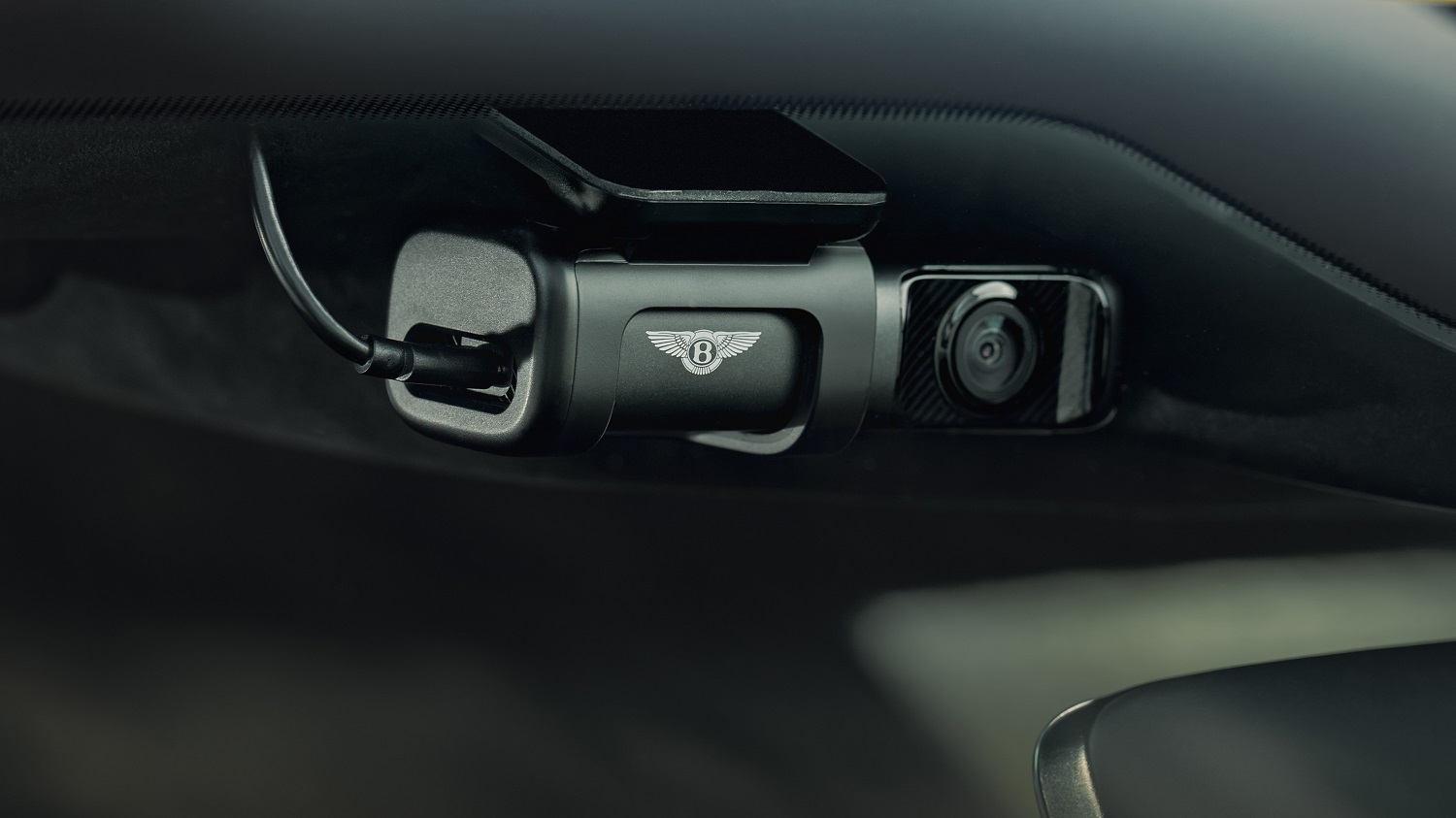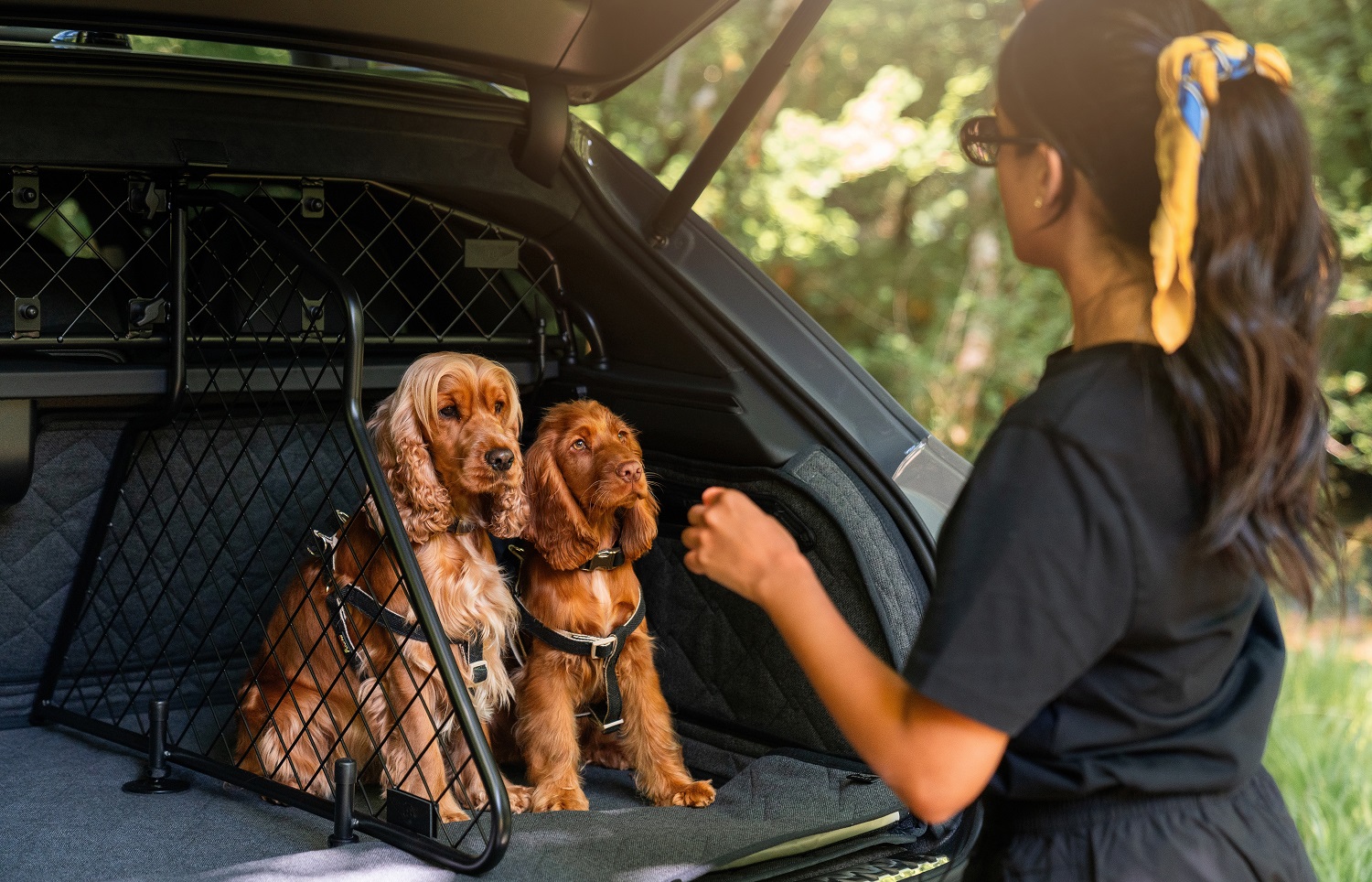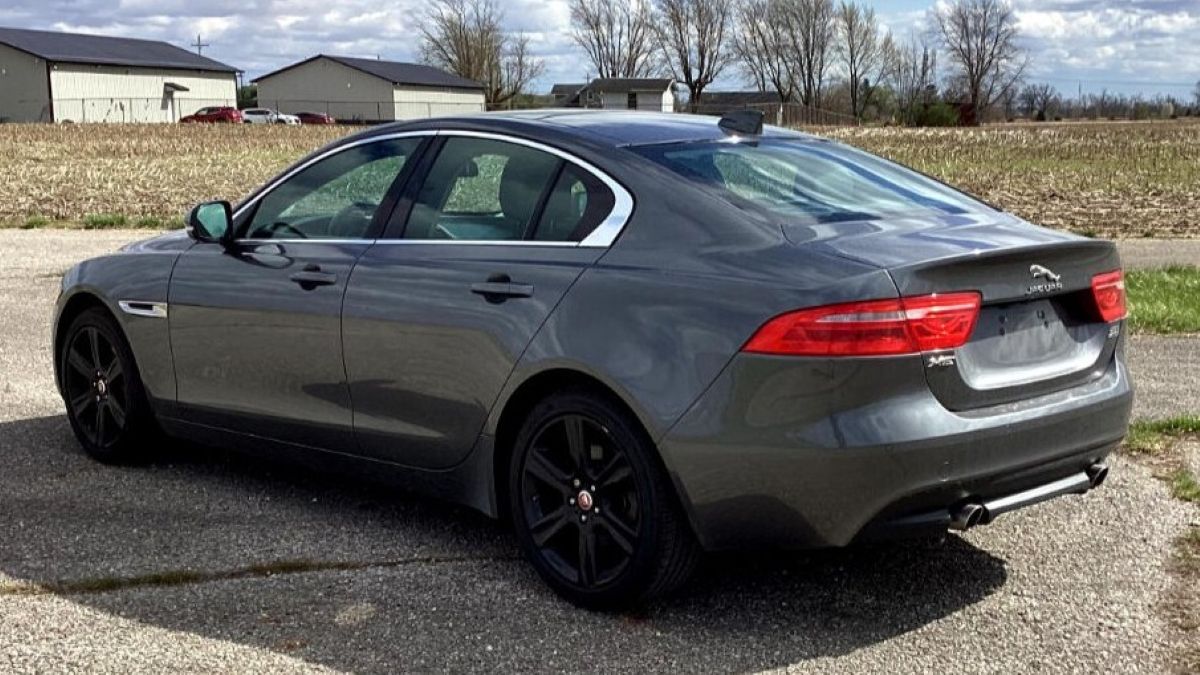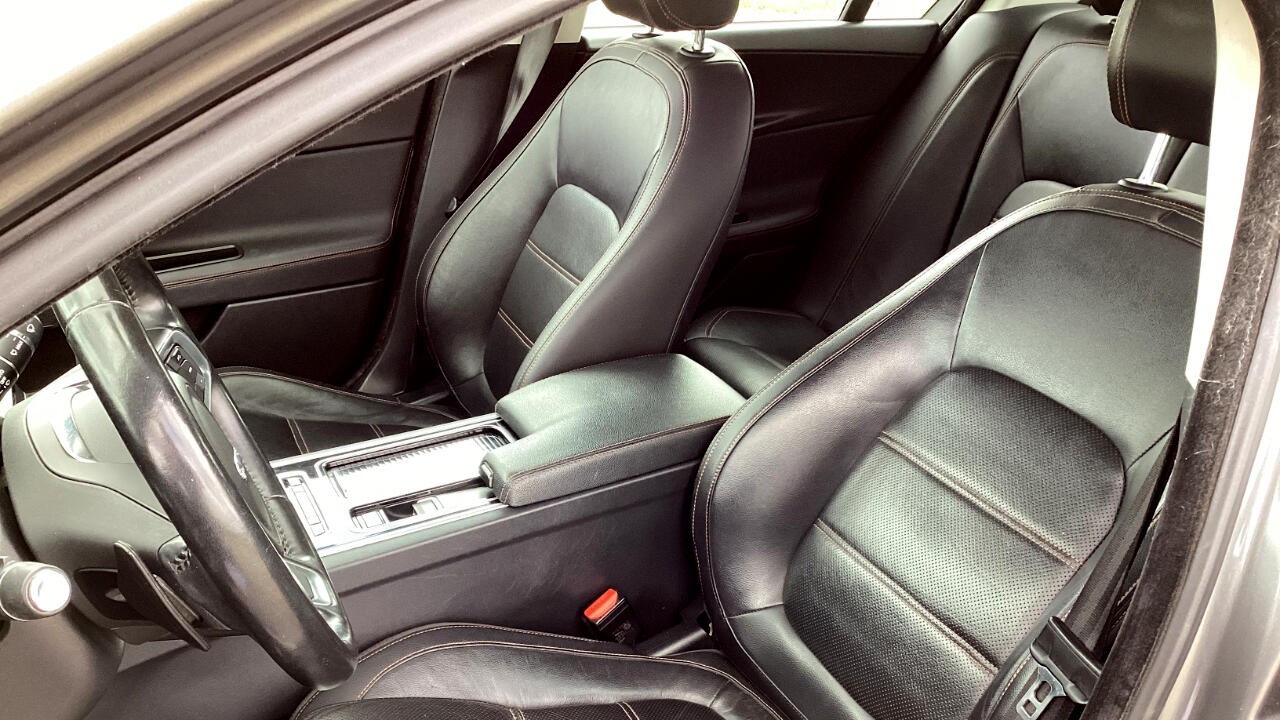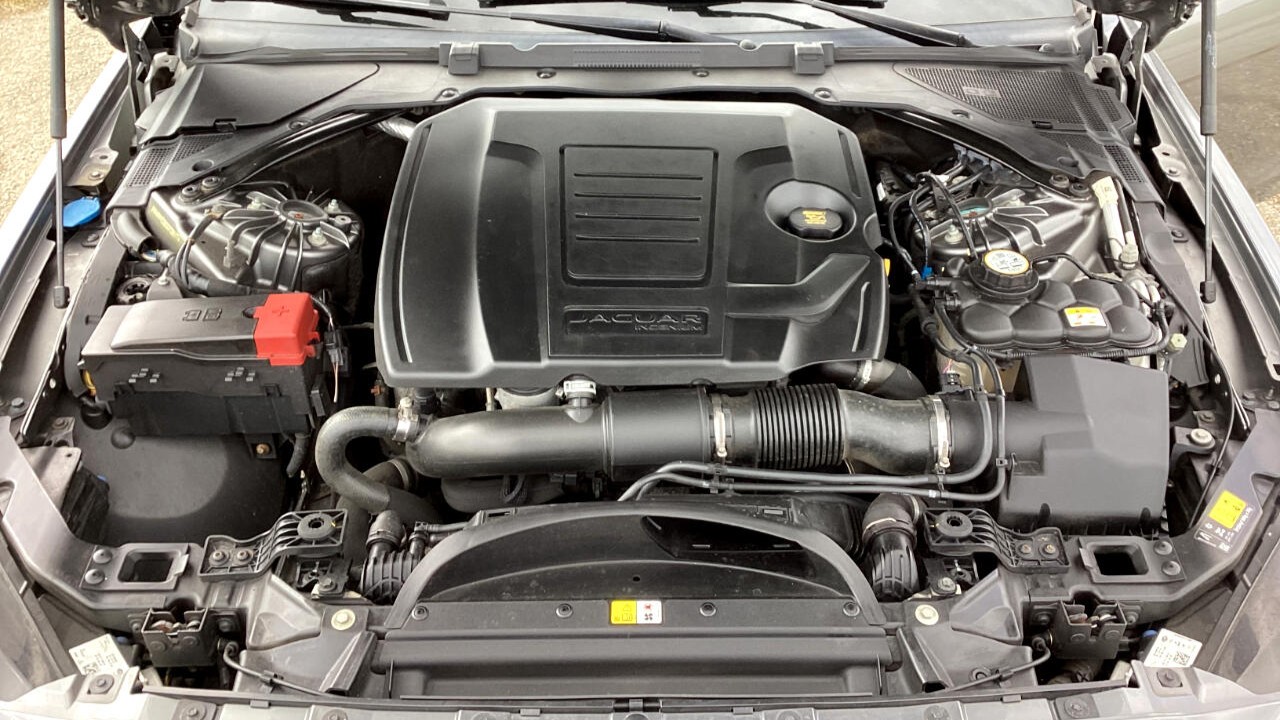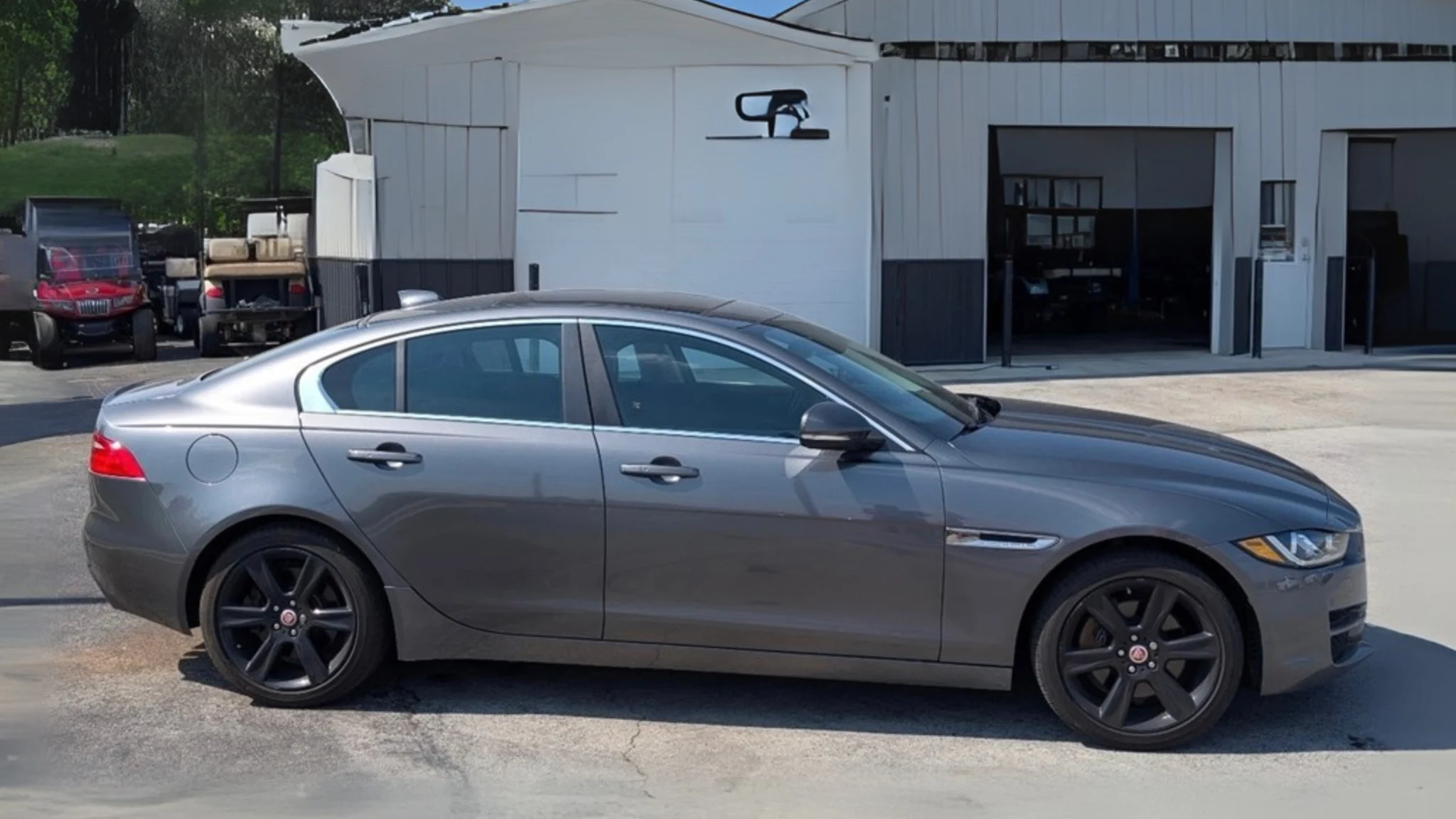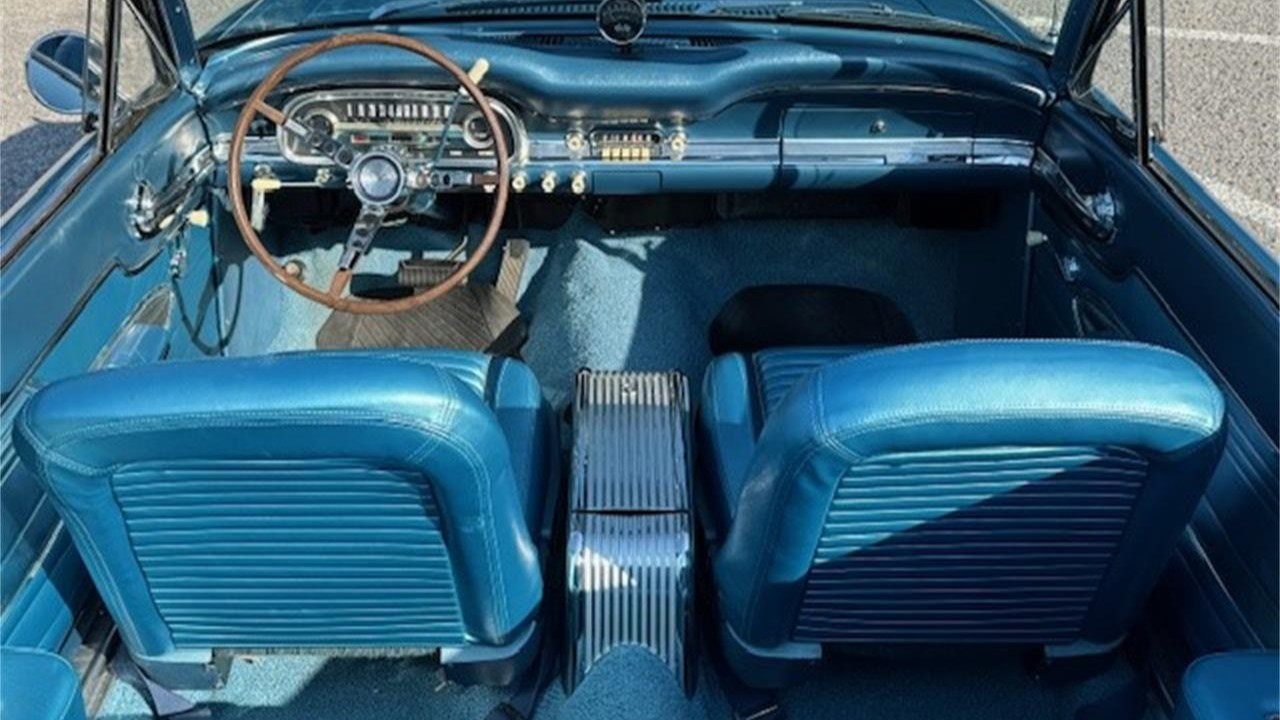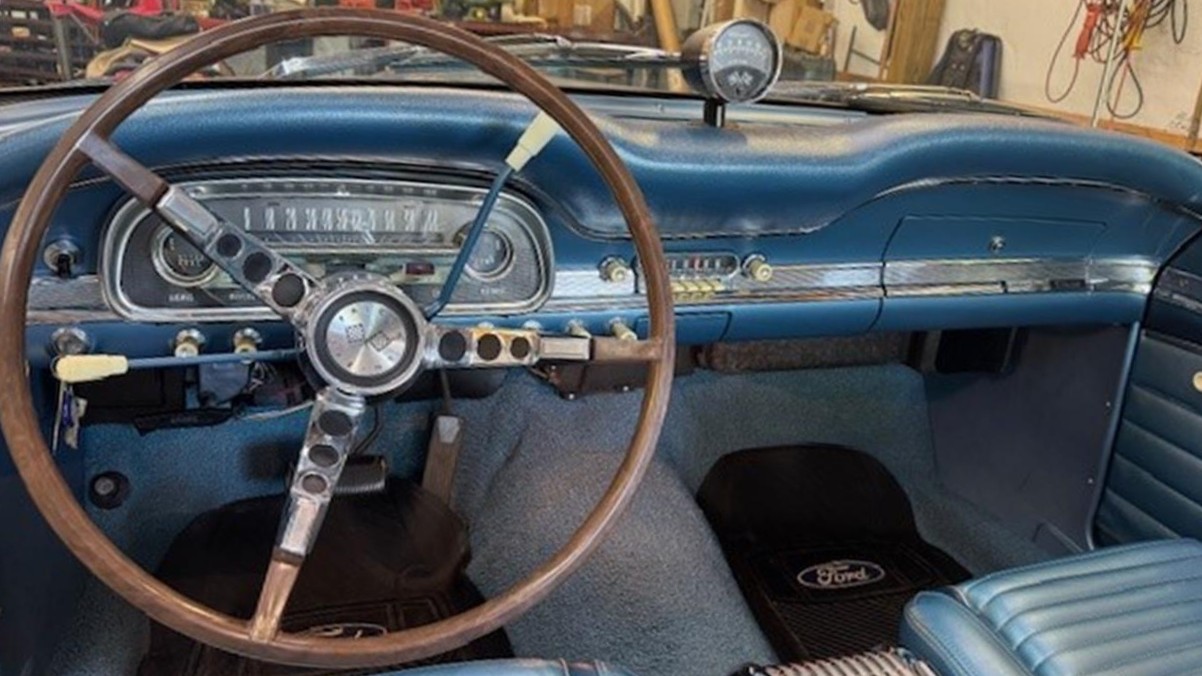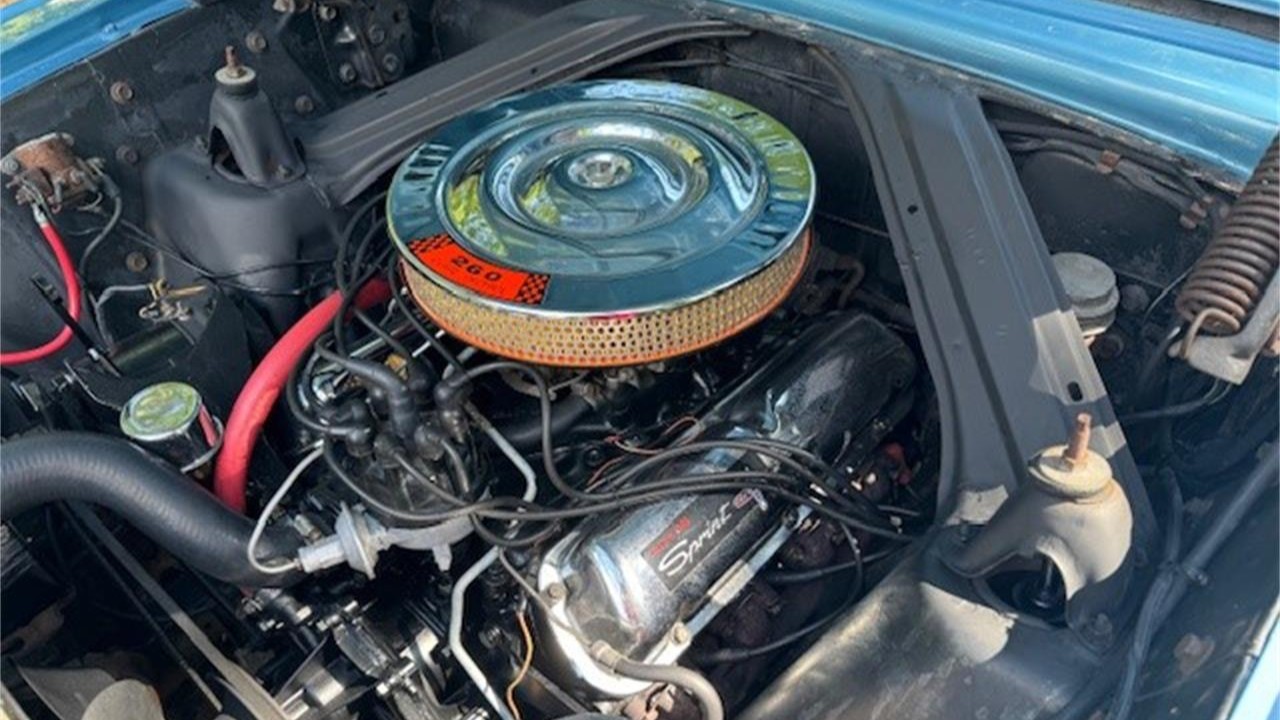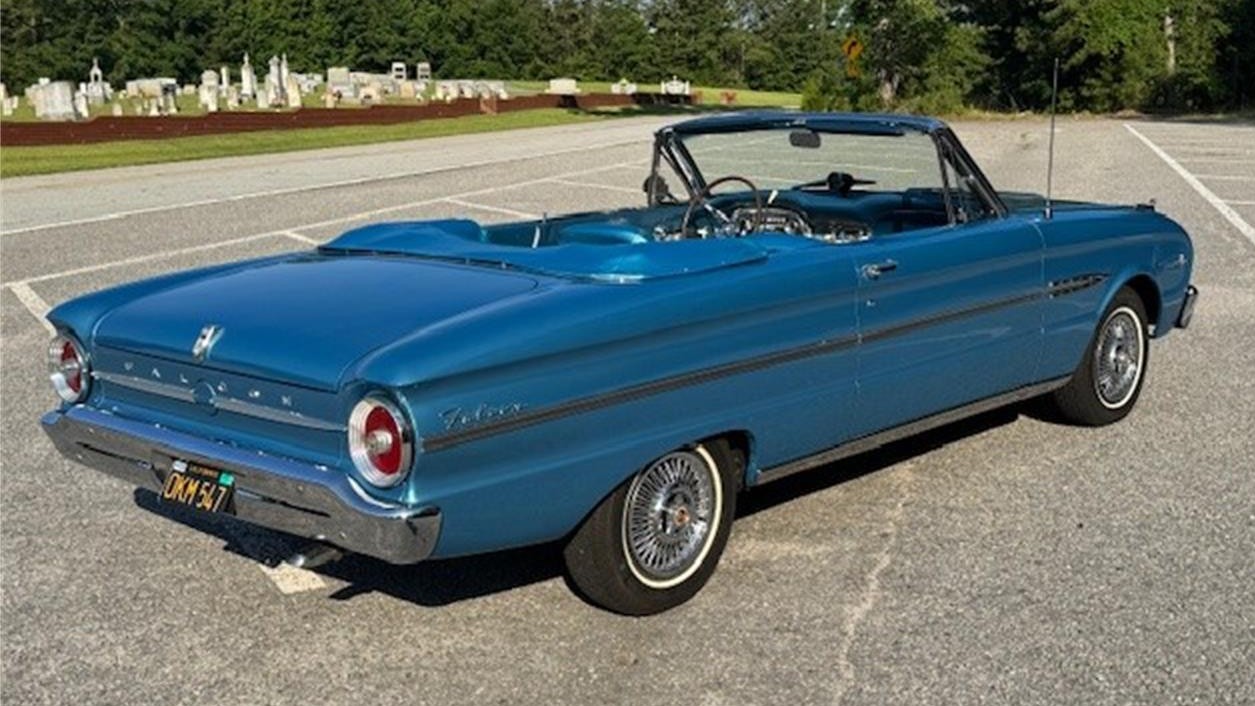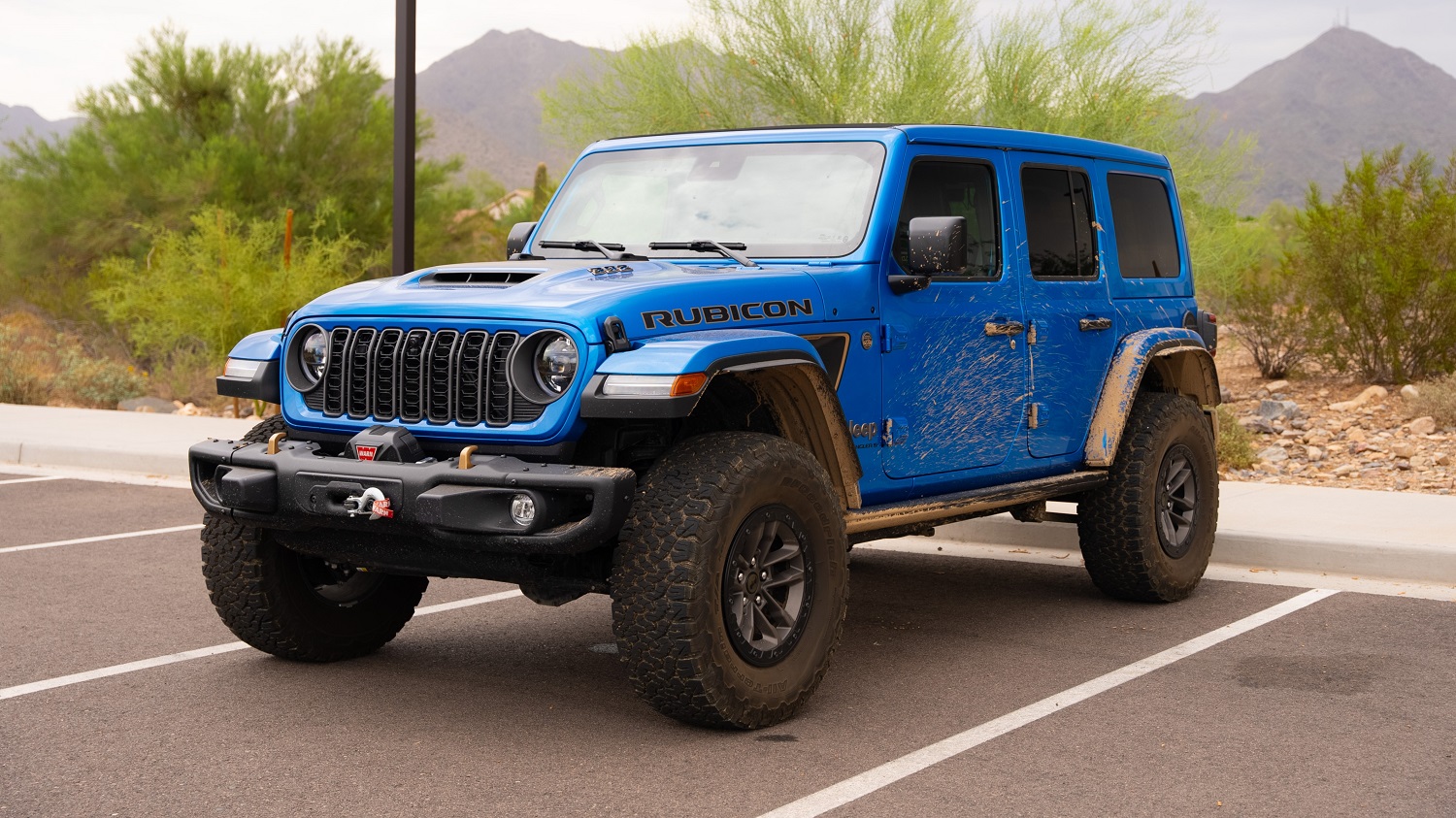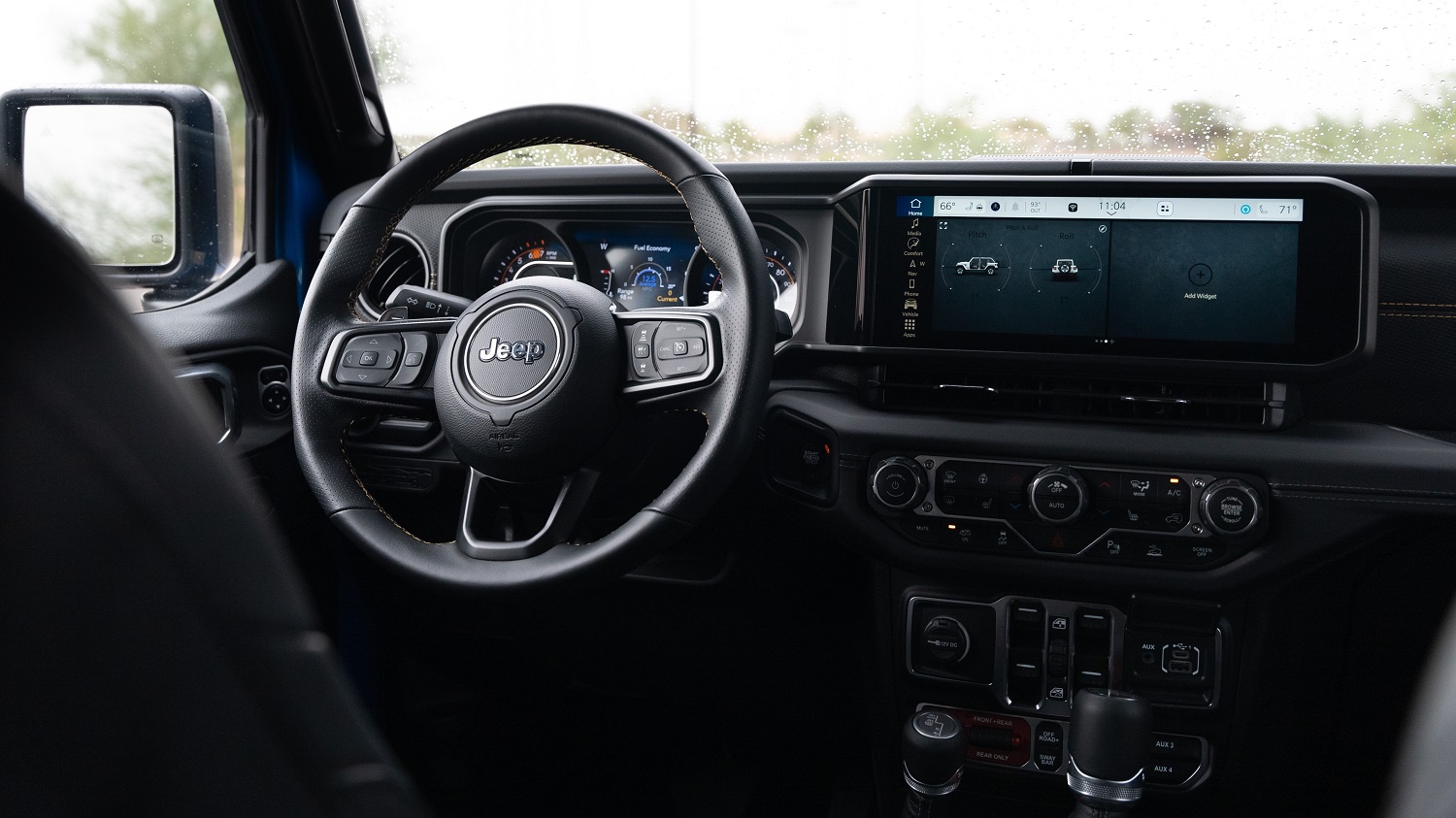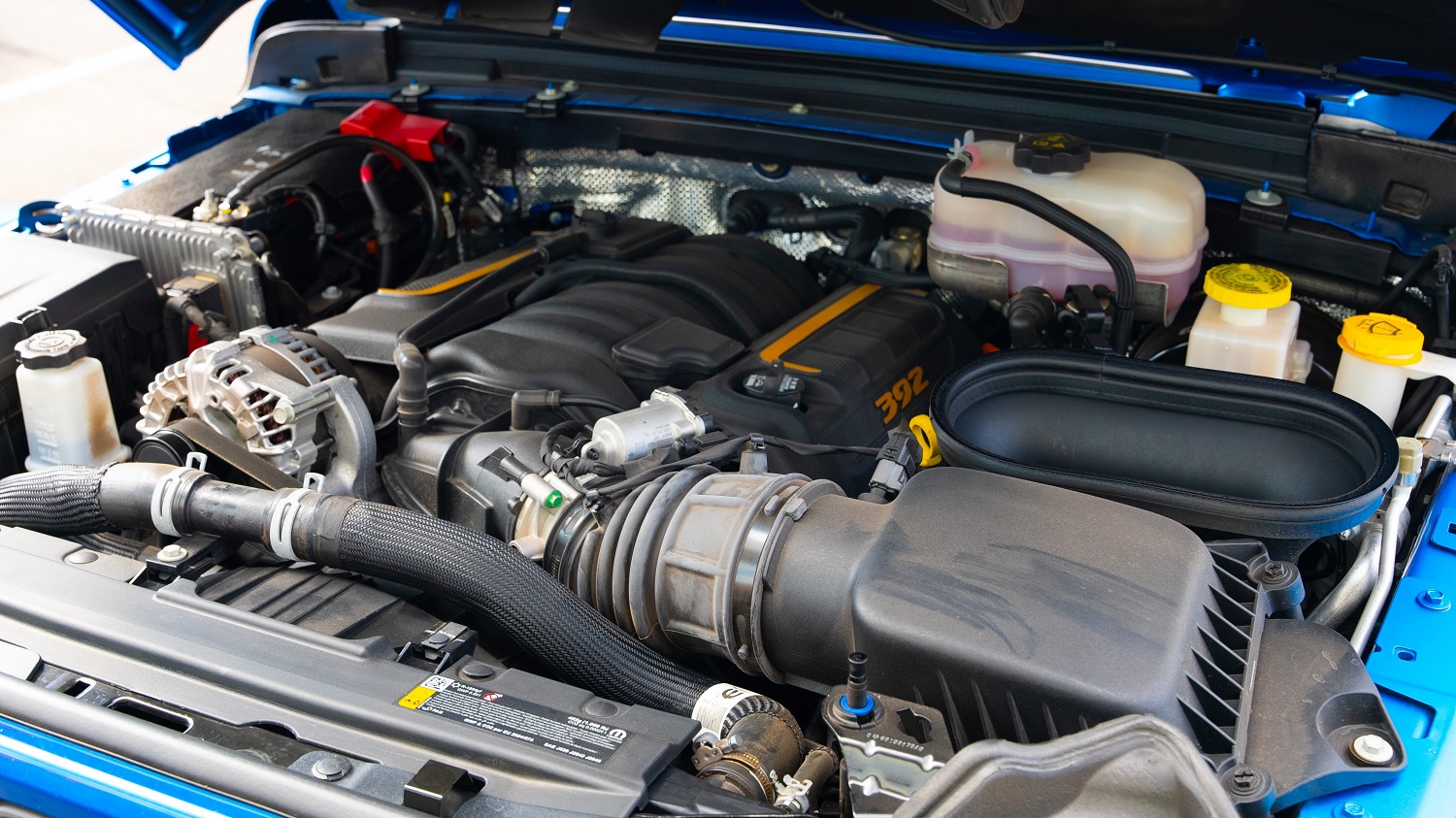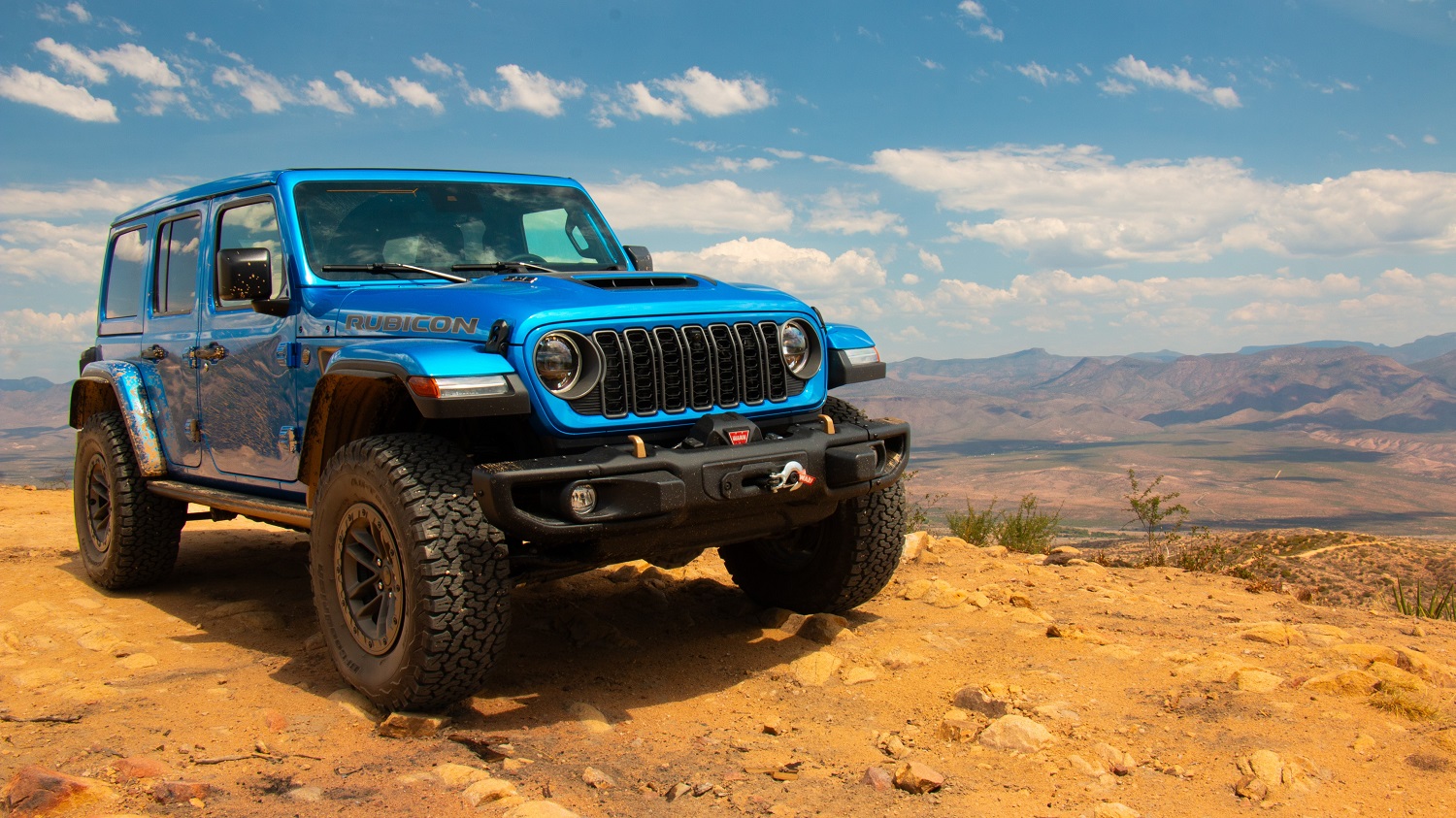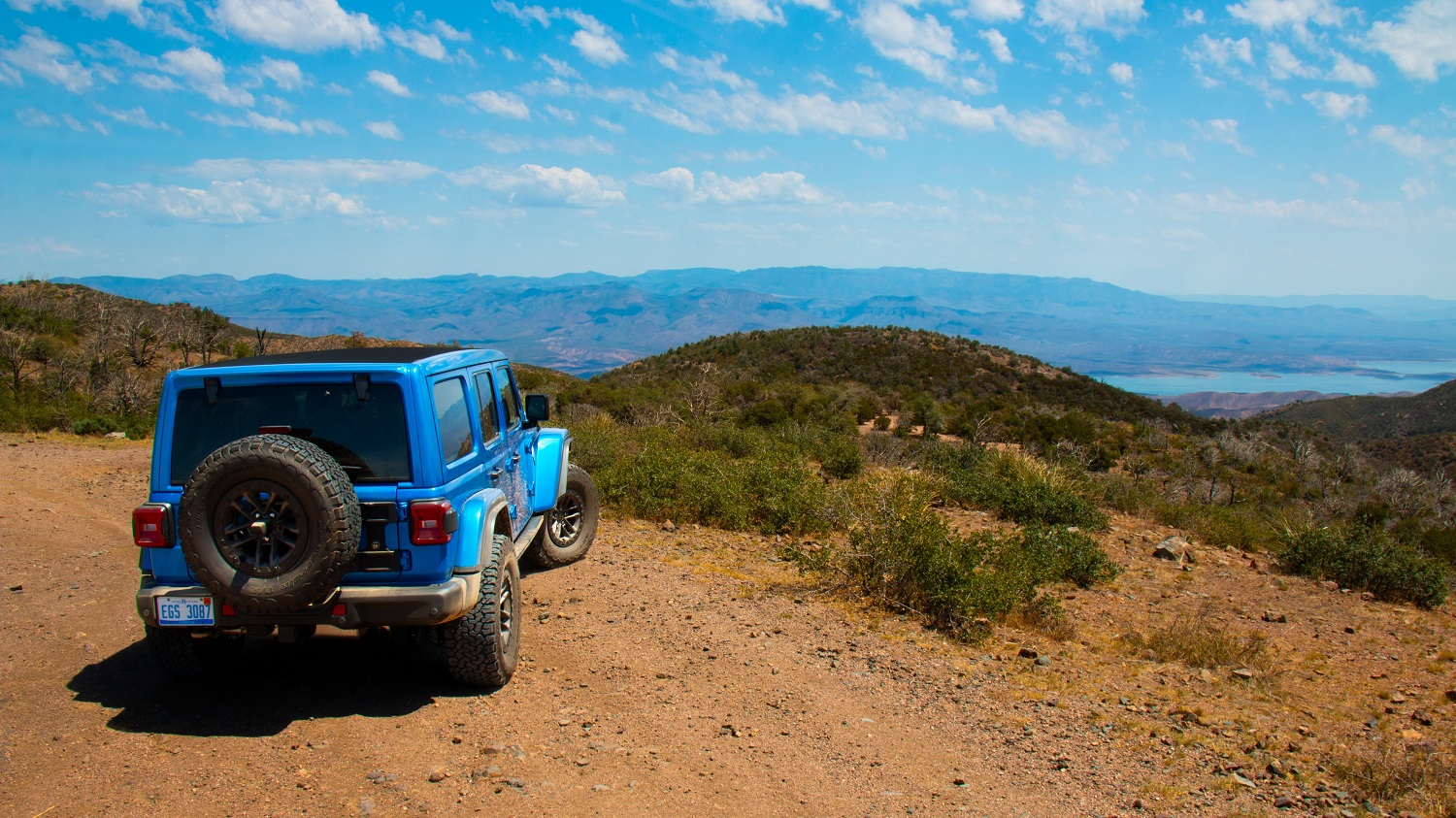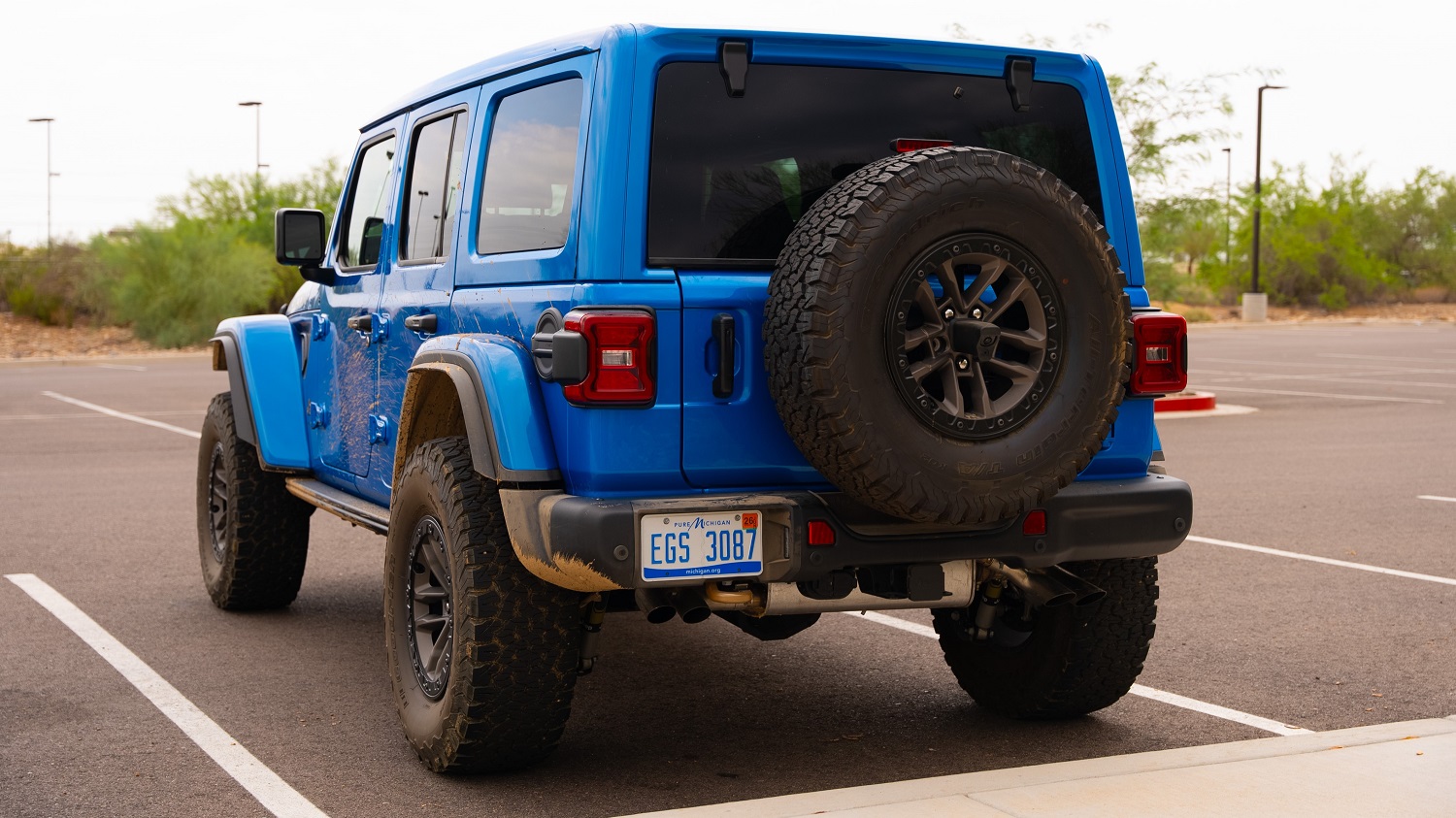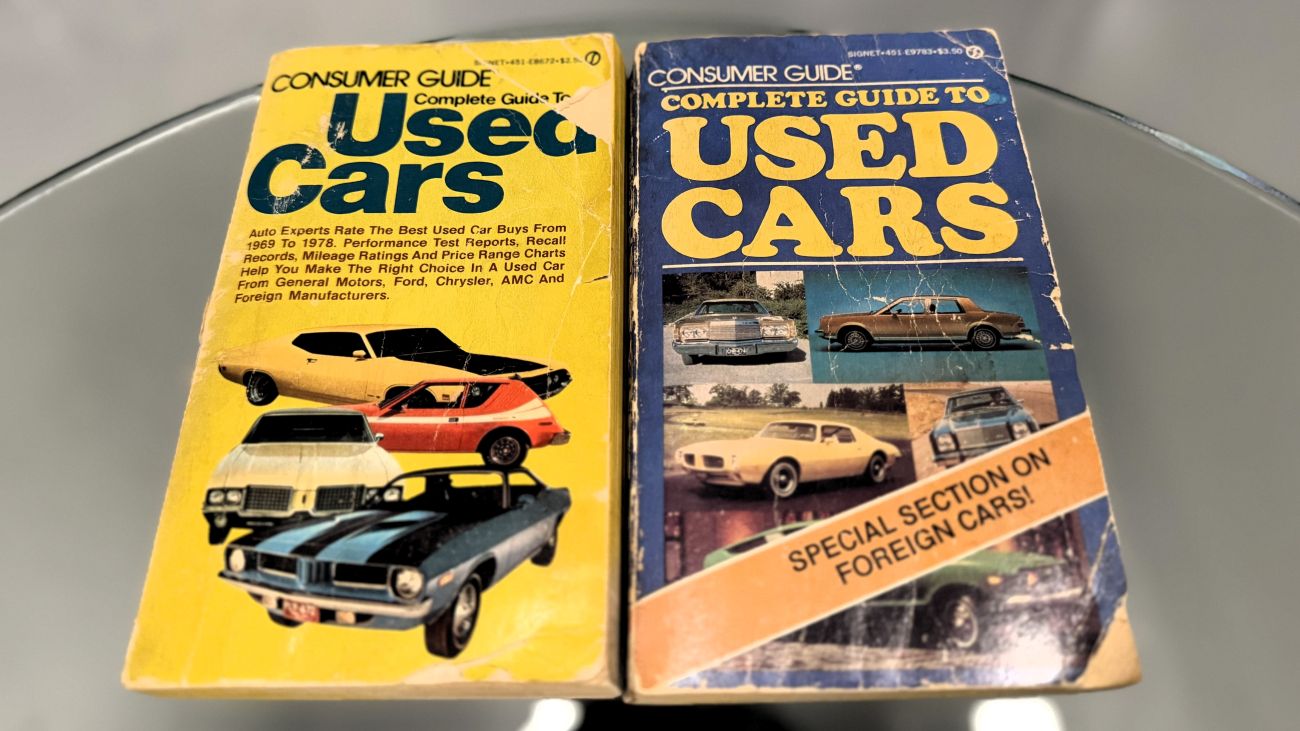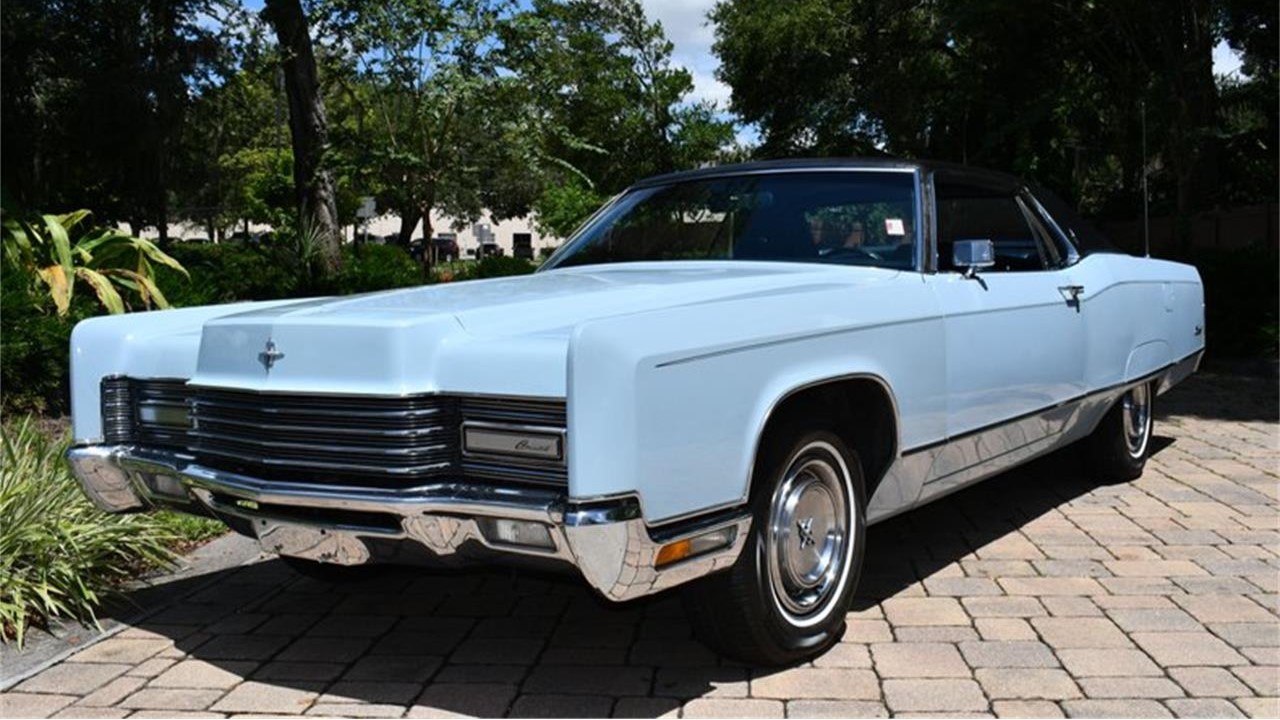This Chevrolet 3100 pickup was built into a tiki-themed rat rod around two decades ago and acquired by the current owner in 2008 from the family member who commissioned it. Power comes from a 392ci Hemi V8 with a dual-quad setup, and it is backed by a 700R4 four-speed automatic transmission, a B&M lockup torque converter, and a Ford 9” rear end with a limited-slip differential and a panhard bar. The distressed bodywork features a chopped cab as well as a shortened bed mounted to a Z’d frame with a ’32 Ford front drop axle, rear ladder bars, Posies leaf springs, cowl steering, and Buick-style finned front brake drums. Custom-fabricated details include a tilt-out vee’d windshield, carved wood taillight housings, side exhaust stacks, and a louvered tailgate. A Riley grille, lake-style headers, Halibrand magnesium rear wheels, and Mooneyes gauges are among the other highlights. This rat rod pickup is now offered by the seller on behalf of the owner with a California title listing the truck as a 1945 Chevrolet.

The roof of the steel cab was chopped by 4” in front and 2” at the back before a tilt-out vee’d windshield was fabricated. Front rails from a ’32 Ford and tubular steel crossmembers were grafted onto the frame, which was Z’d at both ends. The bodywork wears worn beige paint and exhibits dents, rust holes, and exposed welds that can be viewed in the image gallery below.

A Riley grille was installed, and other details include a cowl vent, a “passing eye” side mirror, and Lucas headlights.

Tiki-themed taillight housings were hand-carved from wood. An aluminum radiator is mounted in the cargo bed, and dual electric pusher fans direct air through the louvered tailgate. A 10-gallon spare-tire-well fuel can serves as the fuel tank, and a Jaguar-sourced splined hub was welded on for a filler neck, which is capped by a two-eared spinner. A cooler was modified to house the battery.

Halibrand 15×8” magnesium rear wheels are wrapped in Mickey Thompson Radir pie-crust slicks, while Fenton 15” alloy front wheels wear Uniroyal 5.60” tires. The truck rides on Posies quarter-elliptical leaf springs all around, and a ’32 Ford front drop axle is supported by split wishbones, while the live rear axle is linked to ladder bars and a panhard bar. A GM cowl-steering box is linked to the column by a roller chain. Stopping power is provided by by hydraulic brakes with Buick-style finned aluminum drums over ’39 Ford “juice” assemblies up front.

The bench seat is trimmed in patterned cloth, and a lockable storage bin is below the lower cushion. The extended shifter has a hand-carved wood knob, and the removable floor mats are adorned with Hawaii license plates. A Quaker State oil drum was used to cover the transmission tunnel, and additional appointments include a heater box, Hot Foot and Kona aluminum pedals, and a tan headliner. Damage on the seat upholstery can be viewed in the gallery.

The ’51 Mercury steering wheel sits ahead of a Mooneyes 120-mph speedometer flanked by auxiliary gauges. The five-digit odometer shows 3,600 miles, the majority of which have been added under current ownership.

The 392ci Hemi V8 is said to be sourced from a 1957 Chrysler, and a high-rise intake manifold is topped with dual Edelbrock 600-cfm four-barrel carburetors. The lake-style headers are capped and direct exhaust gases through styled stacks behind the cab. A PerTronix electronic ignition conversion kit and an electric fuel pump have also been installed. Seepage is noted from the oil pan gasket.

The 700R4 four-speed automatic transmission has been fitted with a B&M lockup torque converter, and a switch in the glove compartment engages the overdrive unit. Power is sent to the rear wheels through a Ford 9” rear end with a limited-slip differential and 3.55:1 gearing.

The identification plate is shown above, and the number 6DPH2819 is consistent with a Chevrolet 3100 pickup produced in August at the Oakland, California, assembly plant. The title describes the truck as a 1945 Chevrolet and lists the VIN as 2819.

